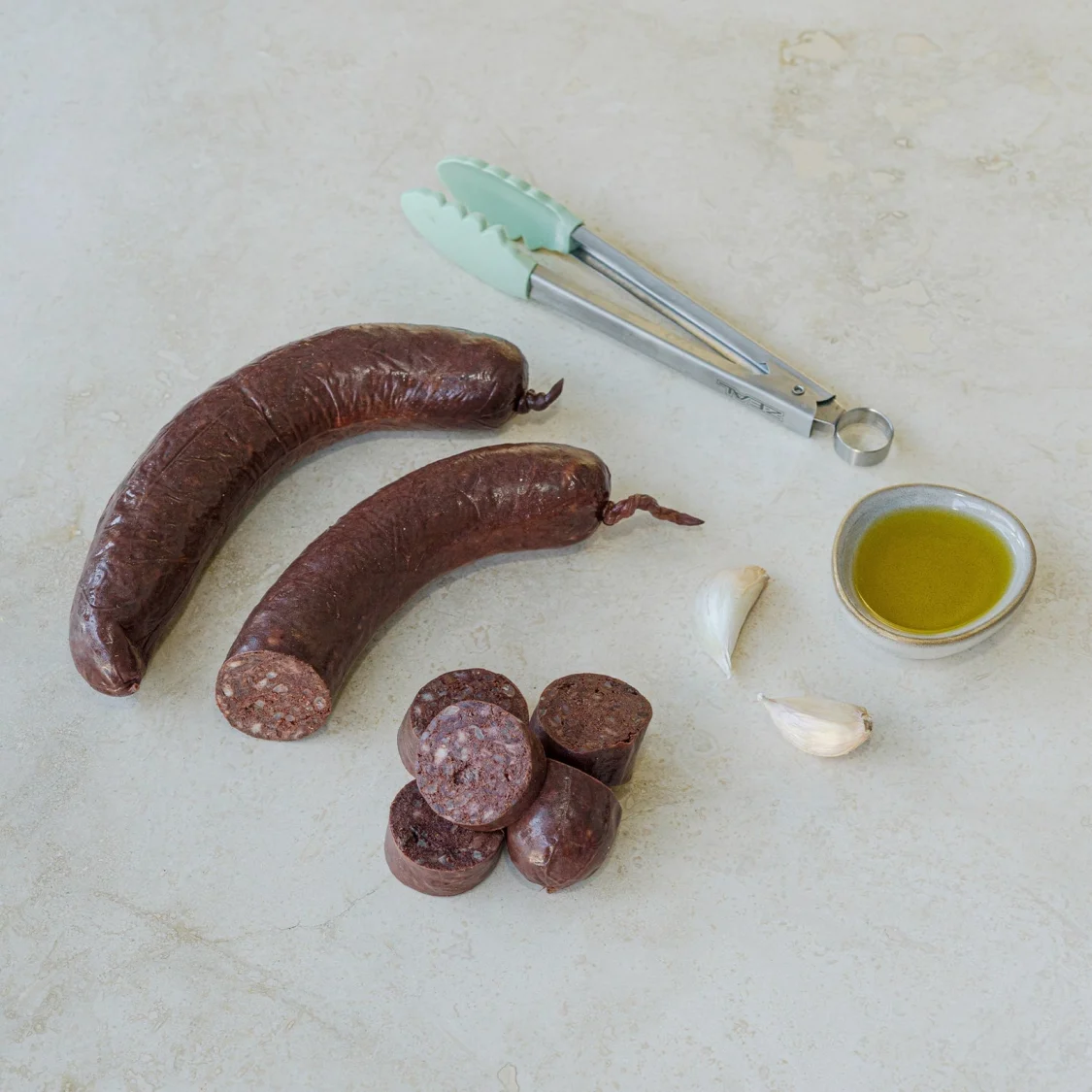
Morcilla
Traditional Uruguayan blood sausage, often served as part of asado.
Ingredients
- •Pork blood
- •Fat
- •Onions
- •Spices
- •Rice
Instructions
Mix
Combine all ingredients thoroughly.
Stuff
Fill sausage casings with mixture.
Cook
Poach sausages until fully cooked.
Morcilla, also known as blood sausage, is a traditional Uruguayan delicacy that holds a special place in the country's barbecue culture. This rich, dark sausage is made from pork blood, fat, onions, and various spices, often incorporating rice or bread crumbs as a binding agent.
The history of morcilla in Uruguay traces back to European immigrants, particularly Spanish and Portuguese settlers, who brought their traditional sausage-making techniques to South America. Over time, it became an integral part of Uruguayan asado (barbecue) tradition.
Making morcilla is a complex process that requires skill and attention to detail. Fresh pork blood is carefully mixed with diced fat, sautéed onions, and a blend of spices that typically includes paprika, black pepper, and nutmeg. Rice or bread crumbs are added to help bind the mixture. This combination is then stuffed into natural casings and gently poached until fully cooked.
While the traditional recipe remains popular, some variations exist throughout Uruguay. Some versions include pine nuts or walnuts for added texture, while others might incorporate different spices or herbs. There's also a sweet variant called morcilla dulce, which includes raisins and sometimes cinnamon.
In Uruguay, morcilla is traditionally served as part of an asado, often appearing as an appetizer while the main cuts of meat are cooking. It's typically grilled until the skin is crispy and the interior is heated through. Morcilla is often enjoyed simply with crusty bread, though some prefer it with a squeeze of lemon or a dollop of chimichurri sauce.
While morcilla is rich in iron and protein due to its blood content, it's important to note that it's also high in fat and calories. Those with dietary restrictions should be aware that it contains gluten if made with bread crumbs, and may not be suitable for those following certain religious dietary laws. As with many rich foods, it's best enjoyed in moderation as part of a balanced diet.
